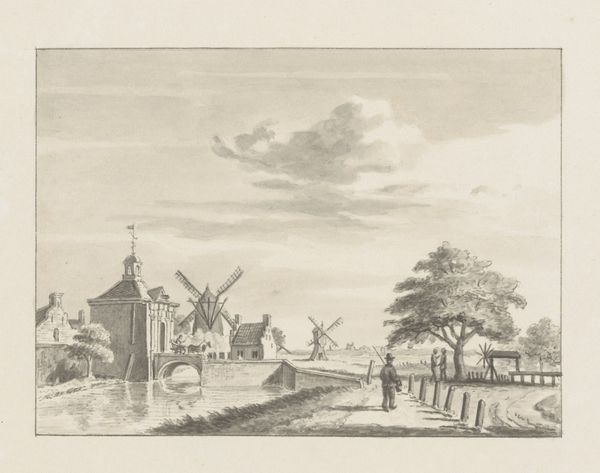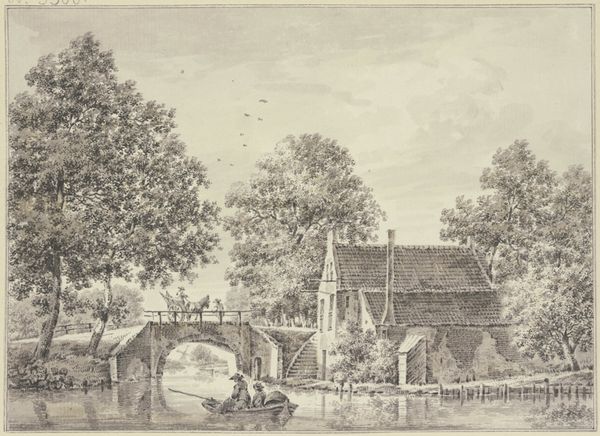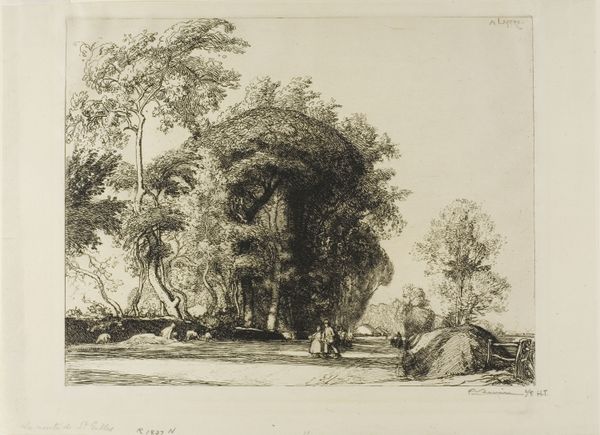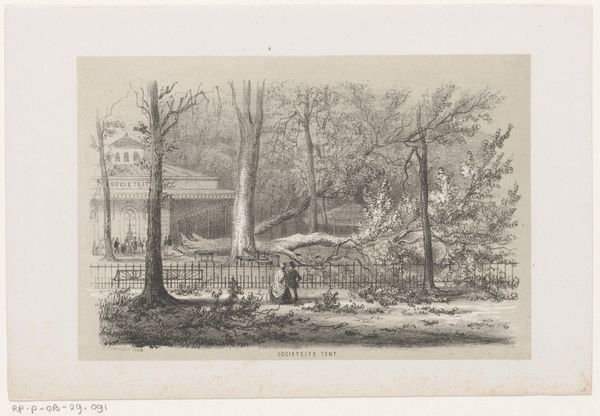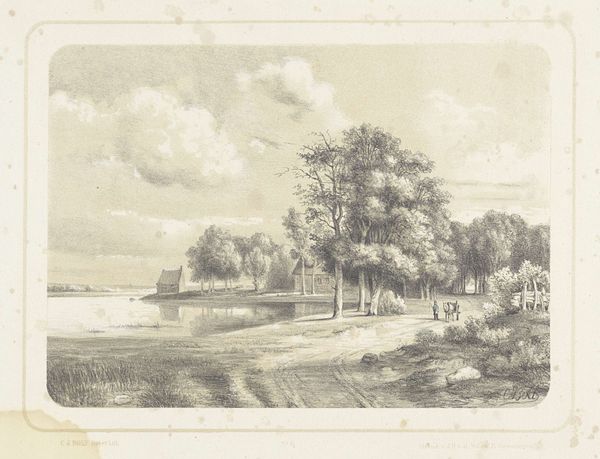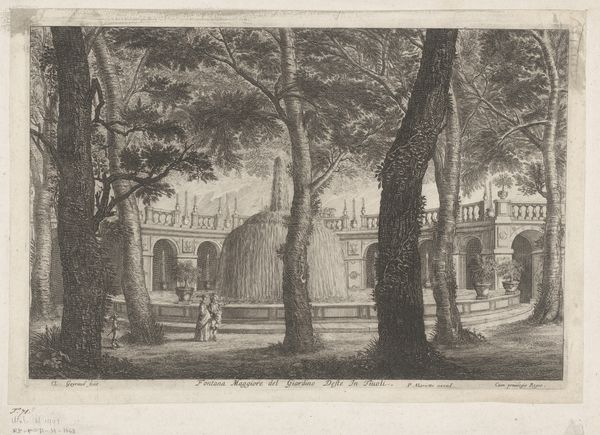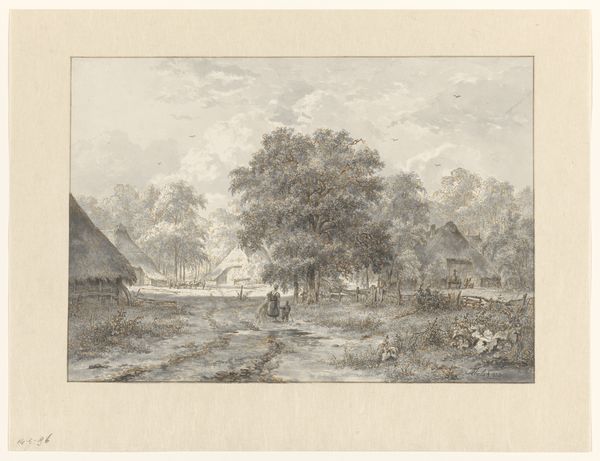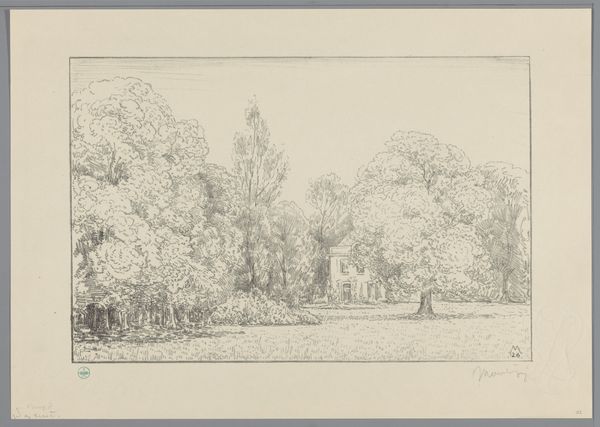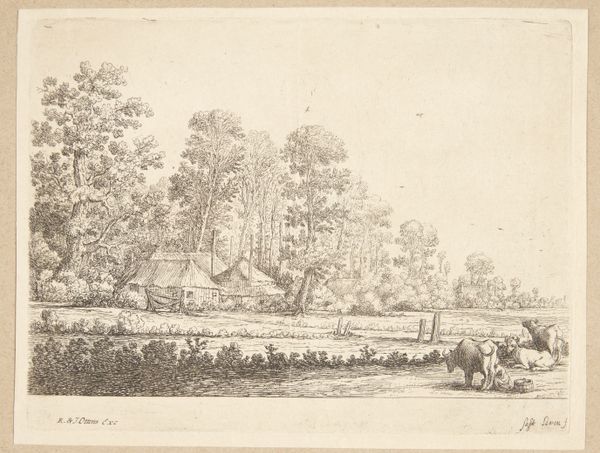
drawing, pencil
#
drawing
#
pencil sketch
#
landscape
#
pencil drawing
#
romanticism
#
pencil
Copyright: Public domain
Editor: This is "Sweet Waters (in Asia)" by John Frederick Lewis, a pencil drawing from 1838. It has this tranquil quality to it, a softness that’s really appealing. What do you see in this piece? Curator: I see a window into a very specific historical moment, one brimming with Orientalist fantasies. Lewis was part of a wave of European artists captivated by the "East," but it’s crucial to remember that these images weren’t neutral. How do you think depictions like this one shaped European perceptions of Asia, and perhaps even justified colonial ambitions? Editor: I hadn’t really considered that aspect. I was focusing on the aesthetic qualities of the piece—the landscape and the way he captured the light. Curator: And those aesthetic choices are important. Think about what "Romanticism" meant at the time. It wasn’t just about beauty, it was often about power dynamics, about a sense of European superiority looking "outward." Notice how he frames the people within this scene – what impression do you think this composition leaves the viewer with? Editor: So, it's not enough to just appreciate the skill; we have to analyze the historical and political context, considering the artist's perspective and the intended audience? Curator: Exactly. Art doesn’t exist in a vacuum. This image, however beautiful, needs to be viewed critically, acknowledging its role in shaping potentially skewed or damaging narratives. And considering whose perspective is highlighted. Editor: That’s really changed how I see this drawing. I now see the importance of critically examining the context in which art is produced and received. Curator: Precisely. Looking at art with an awareness of intersectional narratives – how gender, race, and power intertwine – it is important to not perpetuate damaging and skewed perspectives from the past.
Comments
No comments
Be the first to comment and join the conversation on the ultimate creative platform.
